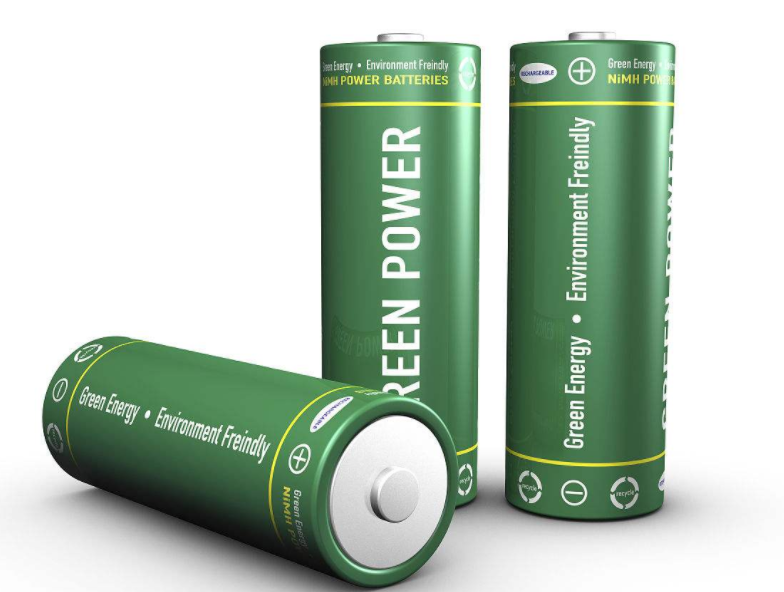Mobile technology depends on the availability of the battery to support it. This is very clear to most of us because we are charging our mobile devices every night. Lithium-ion (Li) is the main force and standard of mobile devices. Compared with previous commercial battery chemistry, it has the characteristics of light weight, high cost performance and rechargeability, which can provide higher energy density. Although the lithium-ion battery technology developed in the 1970s unfortunately approached its theoretical limit, its ability to keep up with the pace of advances in mobile technology is not only our nighttime charging ritual, but also the latest product introduction to circumvent problems, and Provides improved runtime, including wireless charging and cell phone batteries.
Since the beginning, looking for better batteries is underway, but now it is imminent, battery limitations are not limited to consumer electronics, but also related to the electric vehicle industry and related clean energy initiatives. In November 2013, the US Department of Energy even launched a $120 million effort to develop battery technology that changed the rules of the game within five years, extending battery life by five times today's capabilities. The push has produced a series of activities, here are some future battery concepts, and you will hear more and more about it.

The Department of Energy even spent $120 million to develop battery technology that changed the rules of the game within five years, extending battery life by five times the current capacity. The push has produced a series of activities, here are some future battery concepts, and you will hear more and more about it. The Department of Energy even spent $120 million to develop battery technology that changed the rules of the game within five years, extending battery life by five times the current capacity. The push has produced a series of activities, here are some future battery concepts, and you will hear more and more about it.
Tin nanocrystalline lithium ion batteryThe battery converts chemical energy into electrical energy by sharing a carrier electron. Today's lithium-ion batteries send lithium ions from the negative electrode (anode) to the positive electrode (cathode) and generate electricity in the reverse direction during charging. The electrodes are typically made of cobalt, graphite, manganese or nickel and do not absorb all of the Li ions. Tin is an ideal electrode, but when it absorbs ions, the tin crystal may become three times larger, and when the ions are released, the tin crystal will shrink, just like a sponge. In response to volume changes, the Institute of Inorganic Chemistry at the ETH Zurich and Empa scientists are developing a tiny nano-material made of tin crystal that effectively absorbs and releases lithium ions, thereby doubling the energy of the battery.
Metal air batteryThe metal electrode of the battery in the metal-air category reacts with oxygen in the air rather than the liquid to generate electricity. The most promising materials for electrodes appear to be lithium and sodium, but aluminum and zinc have also been studied. In fact, zinc-air batteries, such as Renata's ZA675DP6, are already on the market for hearing aids.
Although the development of lithium-air batteries is still in its infancy, technology is still the most promising, with a theoretical specific energy of 5 to 10 times higher than lithium-ion batteries, which is particularly attractive to the electric vehicle industry. The lithium-ion battery's high specific energy is converted to a range of 1,000 miles, while the lithium ion battery has an existing average of 125 miles.
Sodium-air batteries have a lower theoretical energy capacity than lithium air, but are more stable, easier to manufacture, and more efficient than today's lithium-ion batteries. Sodium-air battery tests have also shown that they may have a higher actual energy storage capacity than lithium air.
Liquid metal batteryFounded by MIT, Bill-Gates supported entrepreneurship, and Ambri developed a battery that uses a molten salt electrolyte sandwiched between two layers of liquid metal. The composition difference between the liquid metal electrode (a low density negative electrode and another high density positive electrode) produces a voltage. Ambri also received a $6.9 million grant from the US Department of Energy's high-risk early ARPA-E program, with the goal of applying technology to storage applications in the grid to improve energy system efficiency.
More new battery conceptsOther new battery concepts include Li-sulpher, which has three to five times the energy density of today's lithium-ion batteries, as well as glycoelectric bio-batteries that offer green technology in addition to high energy density. Many new battery concepts are used in next-generation electrochemistry. Battery development. See which battery technology can successfully compete for lithium-ion batteries, but in any case, consumers will benefit.
Dongguan Deli Plastic Co.,Ltd is a manufacturer specialized in the research, development ,plastic injection mould and making mass production with well-equipped facilities and strong technical force.
Our products are extensively used in household industry/electronic industry/automobile industry/building industry and other industries.
We have rich experience on one-stop solution, provide various services from new product design,prototype,mold making,mass production,assembly and logistics. The most important advantage is we have our own R&D team to help clients to turn ideas into actual parts. All of these engineers and designers have over 15 years experience in these plastic products fields.
We have a strict quality control system, an excellent management team and also a dedicated sales force, enable us to fulfill our commitment in high quality products and outstanding services.
If you are looking for a trustworthy supplier of customized items, please do not hesitate to contact us. We are always striving to establish a win-win partnership with customers from all over the world and help our partners to stay one step in front of your competitors.
Rechargeable fan ,usb Rechargeable fan ,Rechargeable fan for home
Dongguan Yuhua Electronic Plastic Technology Co.,Ltd , https://www.yuhuaportablefan.com
![<?echo $_SERVER['SERVER_NAME'];?>](/template/twentyseventeen/skin/images/header.jpg)